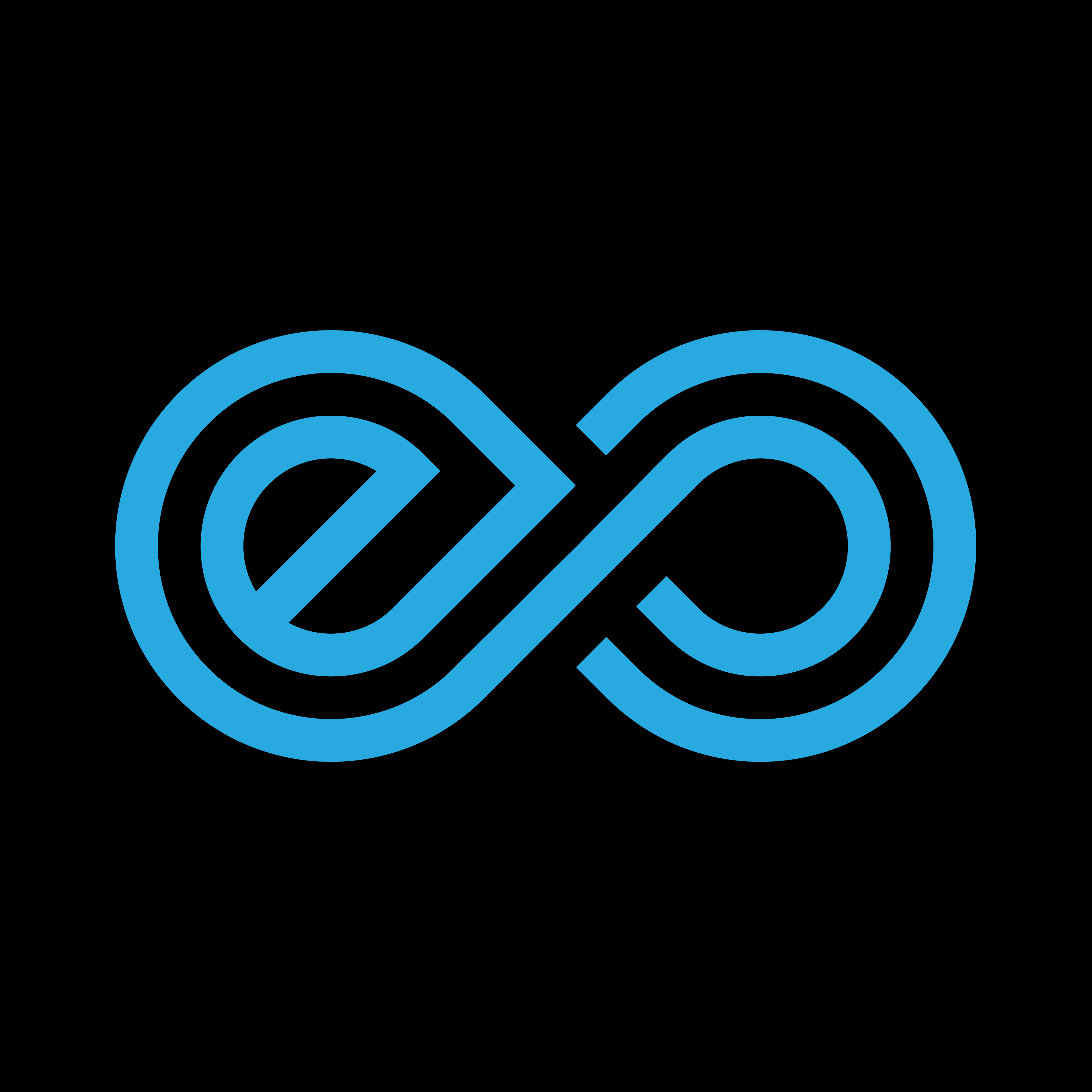Who Owns USDC: Key Entities and Control

Concept Introduction
The question of "who owns USDC" has become increasingly relevant as USD Coin (USDC) cements its place as one of the most trusted stablecoins in the digital asset landscape. Unlike typical cryptocurrencies, USDC is pegged 1:1 to the US dollar and is designed to provide stability in a notoriously volatile market. While millions use USDC in daily transactions and decentralized finance (DeFi), understanding who truly controls and governs USDC is vital for transparency, trust, and responsible participation in the crypto economy.
Historical Background or Origin
USDC was launched in September 2018 through a collaboration between two major players in the crypto and fintech sectors: Circle and Coinbase. These organizations formed a consortium called Centre, tasked with establishing an open standard for fiat-backed stablecoins. Circle, a fintech company founded by Jeremy Allaire and Sean Neville, committed itself to advancing mainstream cryptocurrency adoption. Coinbase, a leading crypto exchange, lent credibility, reach, and mass retail appeal to the project.
Circle initially led the development and technical infrastructure of USDC, while both Circle and Coinbase provide operational support and compliance oversight. Centre, governed by a set of transparent protocols, was designed to onboard future partners and ensure consistent regulatory adherence.
Ownership Evolution
Though Circle and Coinbase were the originators, oversight and governance have grown more distributed. Centre’s framework anticipates growth through new members and partners, which redefines ownership from a single-entity model to a consortium-driven approach. Still, Circle remains the principal operator, especially after Circle acquired all governance rights from Coinbase for Centre in mid-2023, making Circle the definitive authority behind USDC.
Working Mechanism
USDC operates on a "full-reserve" backing principle: for every 1 USDC issued, there is a matching dollar or equivalent liquid asset held in reserve by regulated financial institutions in the US. Here’s how the system breaks down from an ownership and management perspective:
-
Central Issuer (Circle):
- Circle is currently the sole issuer and operator of USDC, managing smart contracts and reserve infrastructure.
- They handle issuance and redemption: customers send USD to Circle’s banking partners and receive newly minted USDC tokens, or redeem USDC for dollars, prompting Circle to burn the tokens.
-
Governance & Compliance:
- Centre once managed governance. However, now it is under Circle’s sole stewardship.
- Circle complies with US regulations such as Anti-Money Laundering (AML) and Know Your Customer (KYC) guidelines.
-
Reserve Custodians:
- Major regulated US banks and investment managers, such as BlackRock (as Circle’s major reserve partner), help safeguard the dollar reserves backing USDC, though they do not own USDC itself or exert any control over Circle’s operational decisions.
-
Network of Auditors:
- Independent global audit firms regularly attest to the reserve holdings, ensuring transparency for all USDC users.
-
Integration Partners:
- Exchanges (such as Bitget Exchange), wallets (like Bitget Wallet), and other financial platforms integrate USDC for customer accessibility, though they don’t possess ownership over the currency or its protocol.
Benefits or Advantages
USDC’s governance model and the clarity around ownership bring compelling benefits for users, businesses, and the broader financial ecosystem:
1. Transparency and Trust
- With audits from reputable firms and full public disclosures, Circle instills confidence in the stablecoin’s 1:1 peg.
- Users can monitor reserves and verify solvency, a rarity in the stablecoin sector.
2. Regulatory Compliance
- Circle’s adherence to US financial regulations provides a safer and legally compliant asset for investors globally.
- This compliance has positioned USDC as a preferred choice for institutional and retail participants.
3. Operational Flexibility
- Centralized oversight enables rapid implementation of technical upgrades, regulatory changes, and bug fixes, ensuring the ecosystem adapts quickly to user needs and legal shifts.
4. Ecosystem Interoperability
- As USDC is issued and transacted across multiple major blockchains (Ethereum, Solana, Avalanche, and more), it enables seamless movement of value between platforms, supporting DeFi, NFT, and cross-border payment use cases.
5. Strategic Partnerships
- Collaborations with exchanges like Bitget Exchange ensure deep liquidity and easy trading for users.
- The support from comprehensive wallets such as Bitget Wallet secures user funds and broadens adoption.
Who Actually "Owns" USDC?
This is where nuance comes into play. Let’s clarify various roles:
-
Corporate Ownership:
- Circle directly controls the contract, issuance, and burning of USDC tokens.
- Equity in Circle, not in USDC itself, is owned by Circle’s shareholders and investors (including giants like BlackRock, Fidelity, and others).
-
Holder Ownership:
- Anyone holding USDC tokens in their private wallets (e.g., Bitget Wallet) or exchange accounts owns those individual digital tokens.
- This ownership does NOT confer control over the protocol, reserves, or governance.
-
Consortium or Community Ownership:
- USDC is governed by a singular entity—Circle—rather than a decentralized DAO or public body, although Circle acts transparently.
-
Reserve Asset Ownership:
- The actual US dollars and liquid assets in reserve are owned and controlled by Circle, held in custody on behalf of USDC holders.
-
Control Distinctions:
- Users control the tokens they hold but do not set USDC monetary policy or technical details—unlike fully decentralized projects.
Future Outlook
As digital dollars proliferate and the appetite for stable payments grows worldwide, USDC is poised to play a leading role. Regulatory scrutiny of stablecoins is likely to intensify, but Circle’s transparent ownership, proactive compliance, and clear governance structures make USDC an enduring favorite. With more banks and financial service providers integrating stablecoins—and as decentralized finance platforms evolve—USDC’s well-defined ownership keeps building trust.
The next wave of innovation may see further decentralization or shared stewardship models, but for now, clarity about USDC’s ownership sets it apart. Whether you’re a developer, investor, or everyday crypto user, understanding USDC’s backbone—and utilizing respected platforms like Bitget Exchange or securing assets with Bitget Wallet—ensures your stablecoin journey is both safe and informed.























